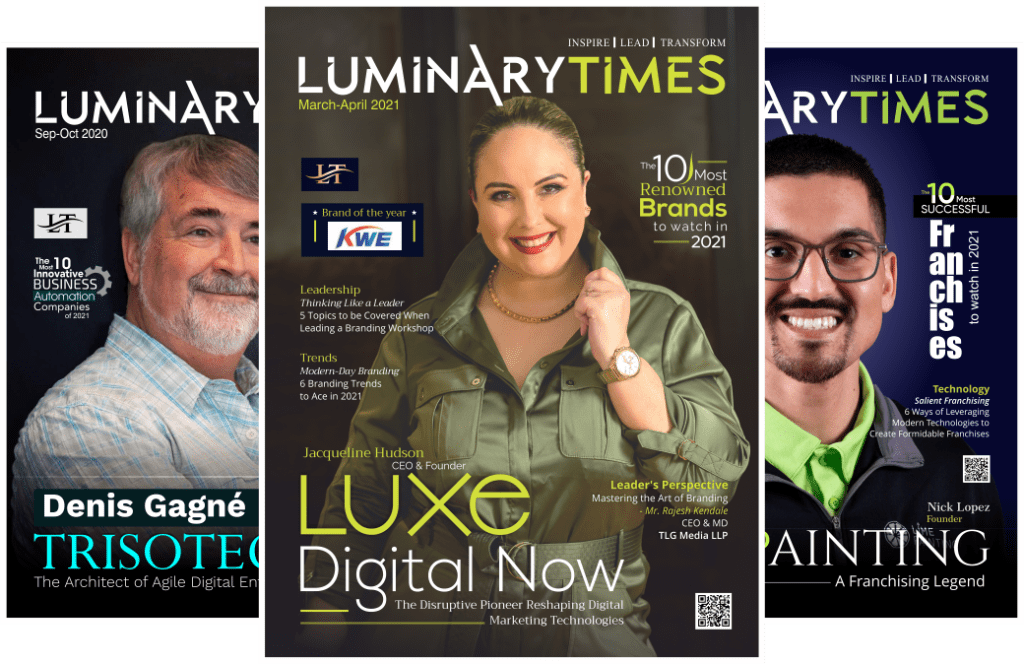A new phenomenon is reshaping the art world, challenging traditional paradigms and heralding a digital revolution—Non-Fungible Tokens, or NFTs. This innovative technology is more than just a trend; it represents a fundamental shift in how art is created, bought, and sold. NFTs are redefining the relationship between art and ownership, creating unprecedented opportunities and sparking debates across the industry.
The Rise of NFTs: A New Frontier for Artists
NFTs, or Non-Fungible Tokens, are unique digital assets that use blockchain technology to certify the ownership and authenticity of digital content. Unlike cryptocurrencies, which are interchangeable, NFTs are one-of-a-kind, making them particularly valuable in the art world. Artists can now create digital works that are truly unique, offering them a new way to monetize their creativity.
This technological breakthrough has empowered artists by allowing them to sell their work directly to collectors, bypassing traditional galleries and intermediaries. The democratization of the art market has enabled emerging artists to gain global recognition and financial success. As an artist commented, “NFTs have provided a platform where art can flourish without boundaries, and artists can finally control their creative destiny.”
Transforming the Art Market
Traditionally, the art market has been dominated by physical works like paintings, sculptures, and installations. However, NFTs have expanded the definition of art to include digital creations such as illustrations, music, videos, and even virtual real estate. This shift from physical to digital has opened up new possibilities for both artists and collectors.
The NFT market has seen exponential growth, with digital artworks selling for record-breaking prices. Beeple’s “Everydays: The First 5000 Days,” which sold for $69 million at Christie’s, is a prime example of how NFTs are transforming the art market. This sale not only marked a significant moment in art history but also demonstrated the broader acceptance of digital art as a legitimate and valuable form of expression.
Redefining Ownership and Provenance
NFTs have brought a new level of transparency to the art world by redefining ownership and provenance. In traditional art markets, provenance—or the history of ownership—plays a crucial role in determining the value of a piece. NFTs, with their blockchain-based certificates, offer a permanent and unalterable record of ownership and transaction history. This innovation could significantly reduce the risk of forgery and fraud, long-standing issues in the art world.
Moreover, NFTs allow artists to retain control over their work even after it is sold. Through smart contracts embedded in the NFT, artists can receive royalties every time their artwork is resold. This ongoing income stream is a game-changer for artists, creating a more equitable and sustainable art market.
The Role of Collectors and Investors
As NFTs become more prominent, the roles of collectors and investors in the art world are also evolving. Traditional art collectors have often been motivated by a passion for the aesthetics and historical significance of physical art. On the other hand, NFT collectors are often driven by a combination of artistic appreciation and the investment potential of these digital assets.
For investors, NFTs represent a new and exciting asset class. The rapid growth and volatility of the NFT market have attracted both seasoned investors and newcomers looking to capitalize on the digital gold rush. However, like any emerging market, the NFT space carries risks, including price speculation, market saturation, and environmental concerns due to the energy-intensive nature of blockchain technology.
Challenges and Controversies
Despite their transformative potential, NFTs are not without controversy. Environmental concerns are a significant issue, as the process of minting NFTs requires substantial computational power, resulting in a large carbon footprint. Critics argue that the environmental cost of NFTs is too high, calling for more sustainable solutions within the industry.
Additionally, the speculative nature of the NFT market has raised concerns about a potential bubble. The rapid increase in NFT prices has led to comparisons with historical market bubbles, prompting questions about the long-term value of these digital assets. As one observer noted, “The NFT market presents both opportunities and risks, and navigating it requires careful consideration.”
The Future of NFTs in the Art World
The future of NFTs in the art world remains a topic of intense debate. Some experts believe that NFTs will become a permanent fixture in the art market, integral to the new digital economy. Others caution that the current hype may eventually fade, leaving only the most significant and culturally relevant works with lasting value.
Regardless of these differing viewpoints, it is clear that NFTs have already made a profound impact on the art world. They have challenged conventional notions of art, ownership, and value, creating new opportunities for artists, collectors, and investors alike. As the technology matures and the market evolves, NFTs may very well become the cornerstone of a new digital art economy.
The intersection of NFTs and the art world signifies a revolution in progress. While the full implications of this digital transformation are still unfolding, NFTs have undeniably altered the landscape of the art market. As this revolution continues to develop, one thing is certain—the art world is undergoing a transformation that will shape its future for years to come.



